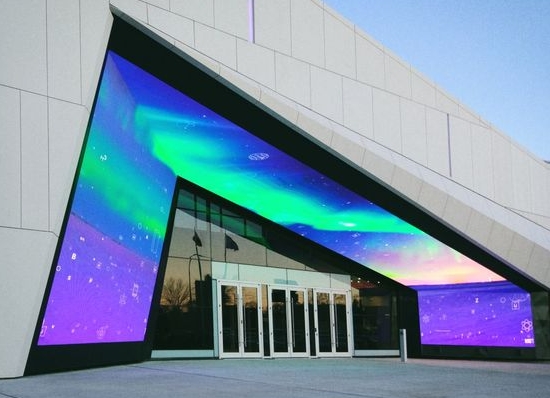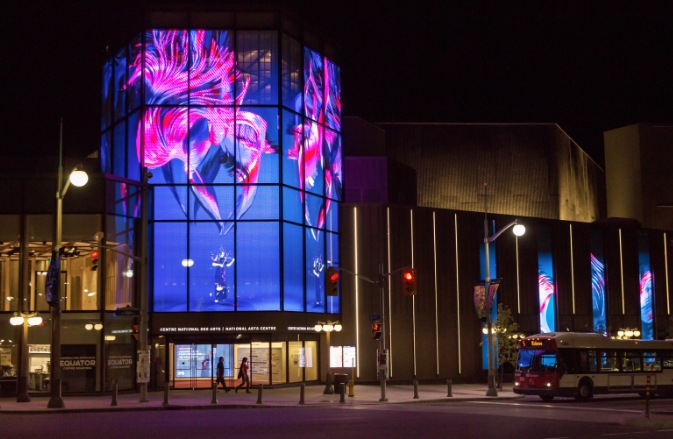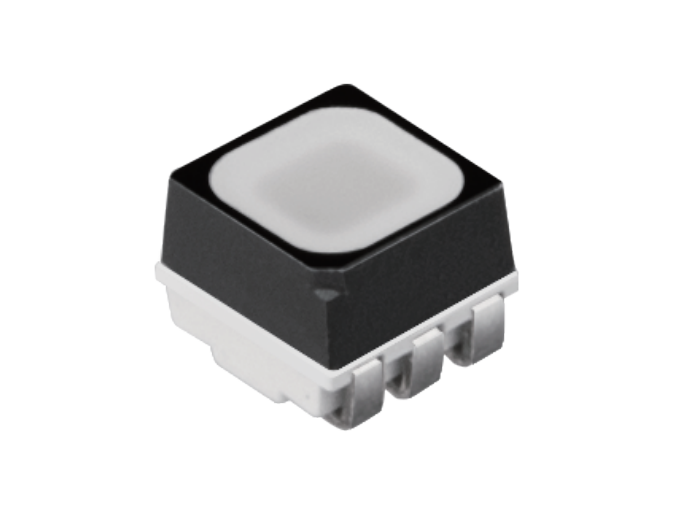Architectural LED display adds a lot to city landscapes. It makes your city look more beautiful. Behind the beauty lighting effect and vivid contents of the LED screen, building an architectural LED display is not that simple as you think. To do that, we need to take various factors into consideration, including structural elements, LED modules, control systems, and supporting infrastructure, etc. Usually, we follow below steps to build architectural LED displays.

Common Steps to Build Architectural LED Displays
Step 1. Design and Planning
The construction of an architectural LED display begins with the design and planning phase. This involves determining the desired size, shape, resolution, and location of the display. Architects, designers, and engineers collaborate to create a design that integrates the LED display seamlessly into the building or structure.
Step 2. Structural Support
Depending on the size and weight of the LED display, a structural support system is designed and installed. This may include steel frames, trusses, or custom support structures that can bear the weight of the LED modules and withstand environmental factors such as wind loads.
Step 3. LED Modules and Cabinets
LED modules are the building blocks of the display. These modules consist of multiple LED chips mounted on a circuit board, encapsulated in a protective casing. The LED modules are typically assembled into cabinets or panels that can be easily installed onto the support structure.

Step 4. Installation
The LED cabinets or panels are mounted onto the support structure according to the design plan. The installation process involves securely attaching the panels, aligning them precisely, and ensuring proper electrical connections between the modules.
Step 5. Electrical and Control Systems
The LED modules are connected to electrical wiring and control systems. This includes power supply units, data connectors, and control boards. The control system allows for programming and managing the content displayed on the LED modules, controlling brightness, color, and animations.
Step 6. Content and Programming
Once the LED display is installed and connected, content creation and programming take place. Graphic designers or content creators develop visuals, videos, or animations that are optimized for the LED display’s resolution and size. The content is then programmed into the control system to be displayed on the LED modules.
Step 7. Testing and Commissioning
After installation, the LED display undergoes thorough testing and commissioning to ensure proper functionality, visual quality, and adherence to safety standards. This includes checking for any technical issues, calibration, and adjustments to optimize the display’s performance.

Kinglight SMD3535 LED for Screens
It’s important to note that the construction process may vary depending on the specific requirements of the LED display and the expertise of the installation team. Professional installation companies with experience in architectural LED displays are typically involved to ensure a successful and visually appealing outcome.